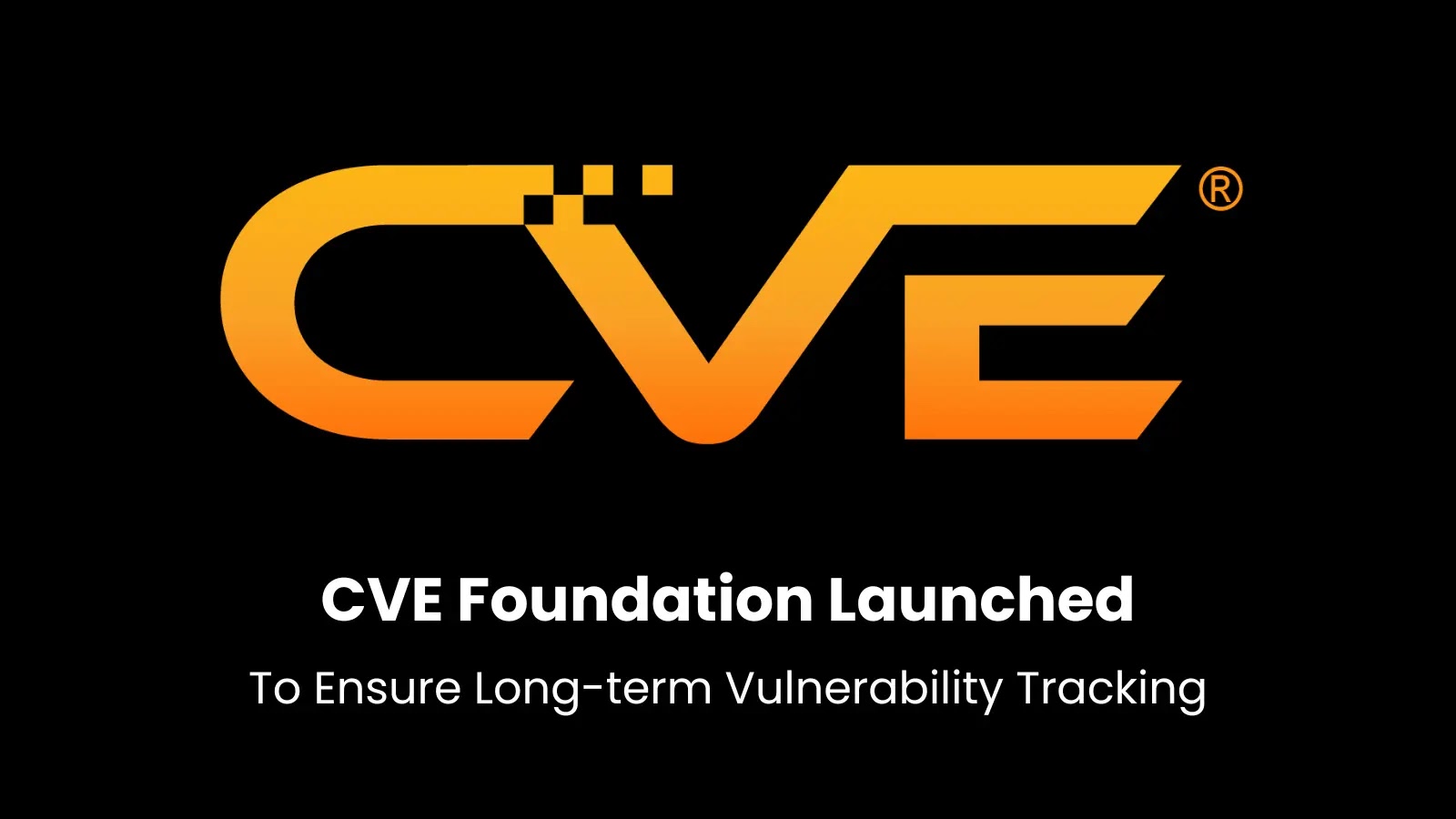Navigating the Digital Battlefield of 2026: Emerging Identity Threats and AI Vulnerabilities
As we approach 2026, the cybersecurity landscape is undergoing a profound transformation. Traditional defense mechanisms are proving inadequate against sophisticated threats that exploit identity vulnerabilities and the rapid integration of artificial intelligence (AI) into organizational infrastructures. BeyondTrust’s latest cybersecurity analysis highlights three pivotal threats poised to redefine digital security:
1. Agentic AI: The New Frontier for Cyber Attacks
By 2026, agentic AI systems are expected to be deeply embedded across various technologies, serving as the new middleware for numerous organizations. This swift integration, driven by a race to market dominance, often sidelines essential cybersecurity considerations, thereby expanding the attack surface.
A primary concern is the confused deputy problem, where a program with legitimate privileges is deceived into misusing its authority. In the context of AI, an agentic system granted minimal access—such as reading emails, interfacing with continuous integration/continuous deployment (CI/CD) pipelines, or querying databases—can be manipulated through crafted prompts. This manipulation may lead the AI to inadvertently exfiltrate sensitive data, deploy malicious code, or escalate privileges on behalf of an attacker.
Defensive Strategy:
Organizations must treat AI agents as privileged machine identities. Implementing strict least privilege access ensures AI tools possess only the necessary permissions for their designated tasks. Additionally, deploying context-aware access controls, command filtering, and real-time auditing can prevent these agents from becoming conduits for malicious activities.
2. Account Poisoning: A Sophisticated Financial Fraud Tactic
The upcoming year is anticipated to witness a surge in account poisoning, a tactic where cybercriminals insert fraudulent billers and payees into financial accounts on a large scale. This method leverages automation to create payees, request funds, and link to other online payment systems, exploiting vulnerabilities in financial platforms and inadequate secrets management.
The automation involved allows attackers to obscure their activities, making detection challenging. By manipulating financial account details, they can redirect funds, leading to significant financial losses and reputational damage for both consumers and businesses.
Defensive Strategy:
Security teams should shift their focus from isolated account takeovers to monitoring high-volume, automated modifications to payee and biller information. Implementing stringent identity verification processes for any automated requests to alter financial details is crucial. Enhanced monitoring and anomaly detection systems can help identify and mitigate these fraudulent activities promptly.
3. Dormant Identities: The Lingering Threat Within IAM Systems
Many organizations harbor ghost identities—unused or forgotten accounts within their Identity and Access Management (IAM) systems. These dormant accounts, remnants from past breaches or outdated user access, present significant security risks. Cybercriminals can exploit these accounts to gain unauthorized access, often bypassing current security measures.
The accumulation of such identities, often referred to as identity debt, results from inadequate de-provisioning processes and a lack of regular audits. These neglected accounts can serve as backdoors for attackers, facilitating data breaches and unauthorized activities.
Defensive Strategy:
Regular audits of IAM systems are essential to identify and eliminate dormant accounts. Implementing automated de-provisioning processes ensures that access rights are promptly revoked when no longer needed. Additionally, adopting a zero-trust security model, where verification is required for every access request, can mitigate the risks associated with ghost identities.
Conclusion
The digital battlefield of 2026 demands a proactive and comprehensive approach to cybersecurity. Organizations must recognize and address the evolving threats posed by AI integration, sophisticated financial fraud tactics, and unmanaged identity debts. By implementing stringent access controls, continuous monitoring, and regular audits, businesses can fortify their defenses against these emerging challenges.



